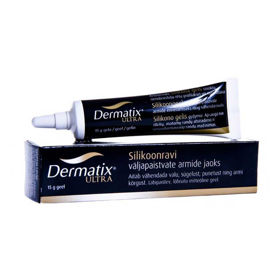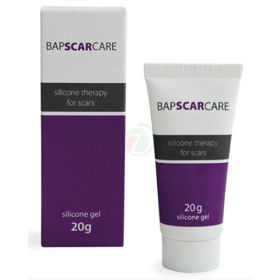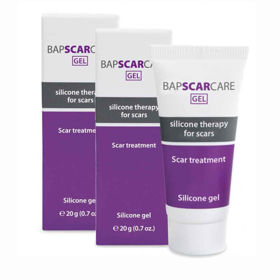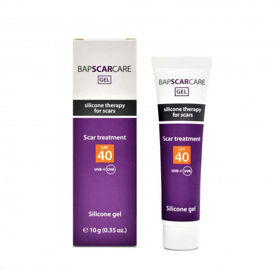Question from a customer: Does it make sense to use silicone gel for scars?
Pharmacist's response:
For softening scars, silicone gel is mainly used. It can be used only in well-healed burns, wounds, or transplants.
Occasionally, mild skin reactions such as rashes occur during use, but such a reaction is rare. Several silicone products are available, and your therapist or doctor will discuss the most suitable product to treat your scar.
If you have a skin reaction...
A skin reaction to silicone gel is an infrequent side effect, but if it does occur, stop using the silicone gel.
- Contact your doctor or physiotherapist as soon as possible.
- You can change the application regimen or use another silicone-based product when the skin reaction subsides.
Necessary when applying silicone gel
Before applying the silicone gel to the scar, never use a moisturizing cream beforehand.
The cream, which also contains an oily lipophilic phase, creates a sliding layer between your skin and silicone and significantly reduces the effect of the gel. You can apply the care cream after removing the silicone gel.
Do not wear the gel in the tube under the shower or while swimming - keep it away from heat sources. Exposure of silicone gel to adverse conditions tends to render the gel unusable.
Protocol for using silicone-based gel: wash the skin in a mild, non-greasy soapy solution - rinse the skin in clean, warm water.
- Air dry the skin and apply the gel to a clean scar area.
- Avoid using paper-drying products, as paper particles can stick to the silicone.
- Store silicone in a plastic bag or plastic container during regular use.
Interesting reading: Keloid scar!
Interesting reading: Wound-care Wounds: pharmacist's advice












 Facebook
Facebook
 Instagram
Instagram
 info@moja-lekarna.com
info@moja-lekarna.com

